
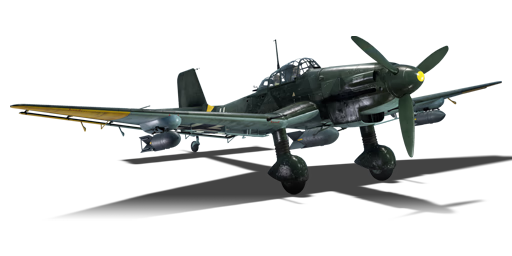
Aviation
Ju 87 D-5
II
Rank
AB
3.7
RB
3.3
SB
3.3
Battle rating
Germany
Research country
Bomber
Main role
5,600

Research
22,000

Purchase
General information
Flight performance
Max speed
at 4,000 m
385358402368 km/h
Rate of Climb
11.28.714.48.7 m/s
Turn time
3133.729.832.3 s
Max altitude
7,500 m
Takeoff Run
513 m
Landing
flaps
flaps
Take-off
flaps
flaps
Combat
flaps
flaps
Air
brake
brake
Gear
control
control
General characteristics
Crew
2 persons
Engine
Length
10.8 m
Wingspan
15 m
Wing Loading
166 kg/m²
Weight:
Base weight
4.174.34.074.28 t
Fuel in main tanks
0.58 t (1h 42m)
Limits:
Max Speed Limit (IAS)
730 km/h
Mach Number Limit
0.65 M
G limit
≈ -5/12 G
Flap Speed Limit (IAS)
L / T
320 / 454 km/h
Offensive armament
2 × 20 mm MG 151 cannon
Ammunition
1,000 rounds
Fire rate
700 shots/min
One-second Burst Mass
1.29 kg
| Belt | Belt filling | Armor penetration (mm) at a distance: | |||||
|---|---|---|---|---|---|---|---|
| 10 m | 100 m | 500 m | 1000 m | 1500 m | 2000 m | ||
| IT/IT/APHE/HEI | 21 | 19 | 8 | 3 | 1 | 1 | |
| IT/HEI/HEI/AP-I | 27 | 24 | 14 | 7 | 3 | 2 | |
| AP-I/HEI/HEI/HEI/HEI/IT | 27 | 24 | 14 | 7 | 3 | 2 | |
| APHE/APHE/APHE/IT | 21 | 19 | 8 | 3 | 1 | 1 | |
| FI-T/FI-T/FI-T/IT/IT | 21 | 19 | 8 | 3 | 1 | 1 | |
| HEI/HEI/HEI/APHE/AP-I | 27 | 24 | 14 | 7 | 3 | 2 | |
Defensive armament
Turret — 2 × 7.92 mm MG 81 machine gun
Ammunition
1,400 rounds
Fire rate
1,596 shots/min
One-second Burst Mass
0.27 kg
| Belt | Belt filling | Armor penetration (mm) at a distance: | |||||
|---|---|---|---|---|---|---|---|
| 10 m | 100 m | 500 m | 1000 m | 1500 m | 2000 m | ||
| AP-T/Ball/Ball/AP-I/AI | 9 | 8 | 6 | 3 | 0 | 0 | |
| AP/AP/AP/AP-T | 13 | 12 | 7 | 3 | 2 | 0 | |
| AP-I/AP-T/AP-I/AP-T | 9 | 8 | 6 | 3 | 0 | 0 | |
Suspended armament
Max weight
1,840 kg
Wing loading
left / right
Maximum
765 kg
Max. difference
560 kg
| Name | Weight | Slot | ||||||
|---|---|---|---|---|---|---|---|---|
| 2 × | 100 kg | 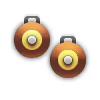 |  | |||||
| 250 kg |  |  | ||||||
| 500 kg |  |  | ||||||
| 110 kg | 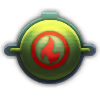 |  |  | |||||
| 225 kg |  |  |  | |||||
| 6 × | 155.5 kg | 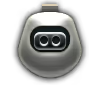 |  | |||||
| 2 × | 244.1 kg |  |  | |||||
| 250 kg |  | |||||||
| 500 kg |  | |||||||
| 500 kg | 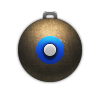 | |||||||
| 1,000 kg | 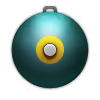 | |||||||
| 1,832 kg | 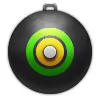 | |||||||
| 988 kg | 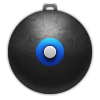 | |||||||
Economy
Repair cost
Basic → Reference
AB
749 → 958 

RB
1,352 → 1,729 

SB
2,353 → 3,009 

Crew training
6,300 

Experts
22,000 

Aces
250 

Research Aces
220,000 

Reward multiplier
AB / RB / SB
50 / 110 / 180 % 

124 % 

Total cost of modifications
10,400 

13,810 

Talisman cost
750 

Research order:
Flight performance | |
|---|---|
Weaponry | |||
|---|---|---|---|
Rating by players
You must play more than 3 battles for the last week and more than 10 battles in a vehicle to rate it.
Like:
32
Flight performance:
Not enough ratings
Survivability:
Not enough ratings
Aerial combat:
Not enough ratings
Ground attack:
Not enough ratings
Balance:
Not enough ratings
Tips & Tricks
This space is currently empty
Do you know any interesting vehicle features?
Loading...
No articles about this vehicle yet
Become the first author and get rewards!
Write a guide, tell about interesting historical facts, make a tutorial or simply an interesting post.
No more content